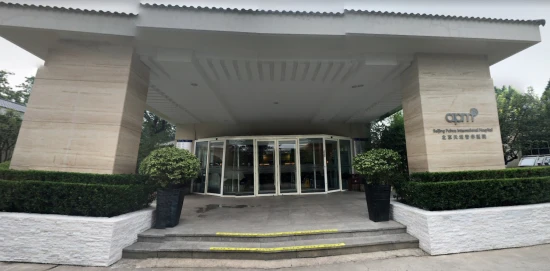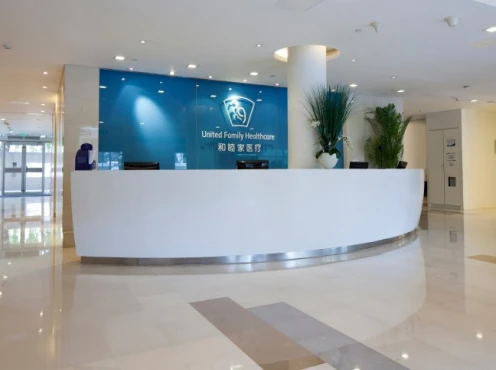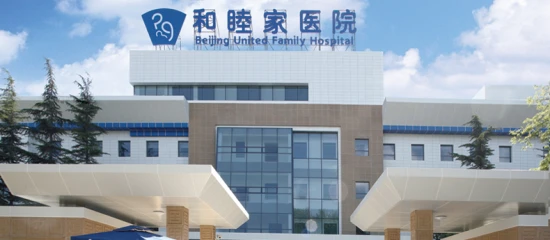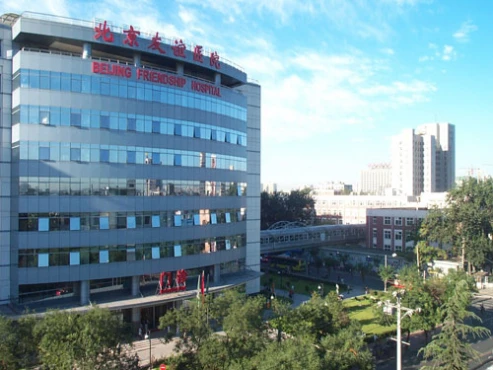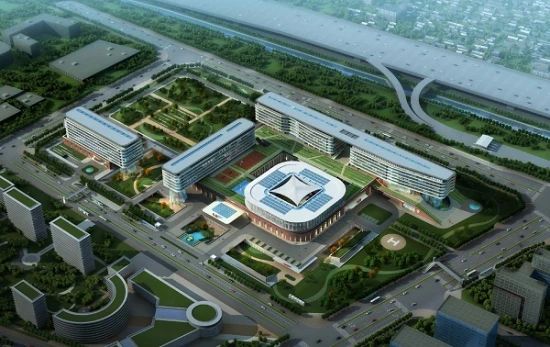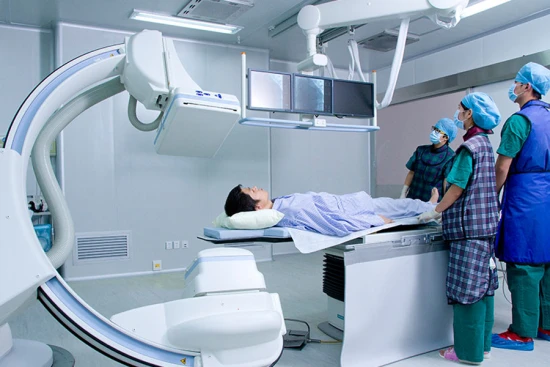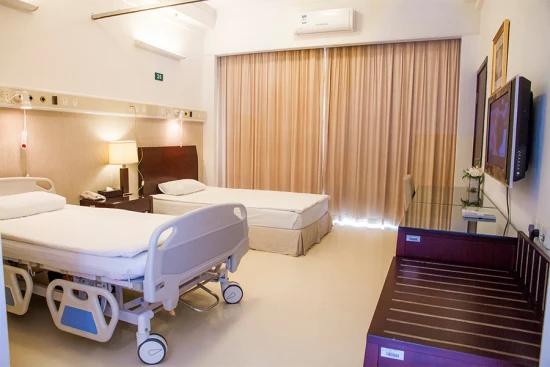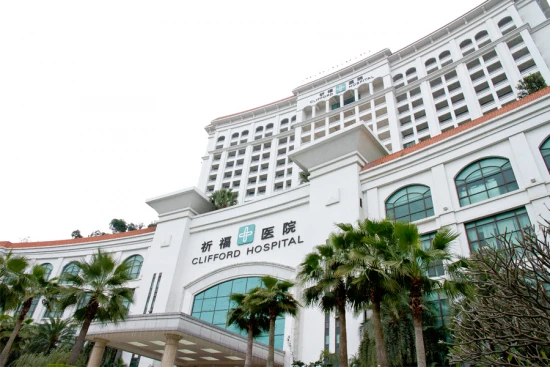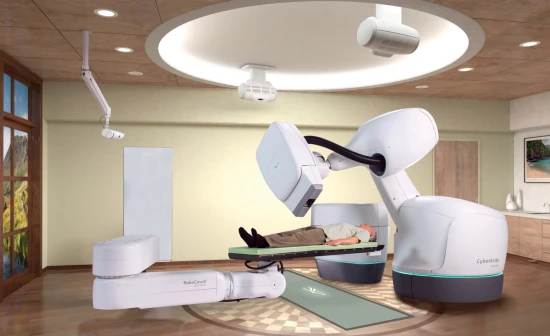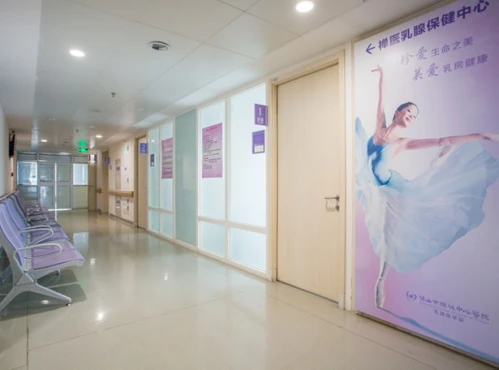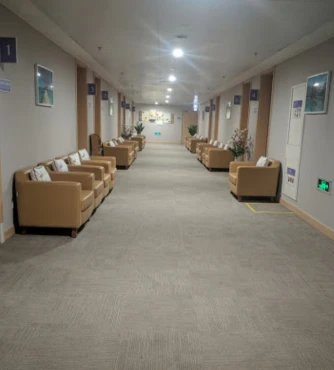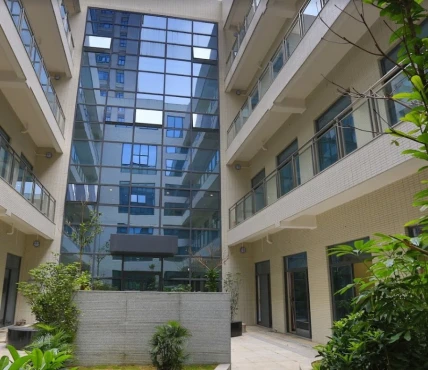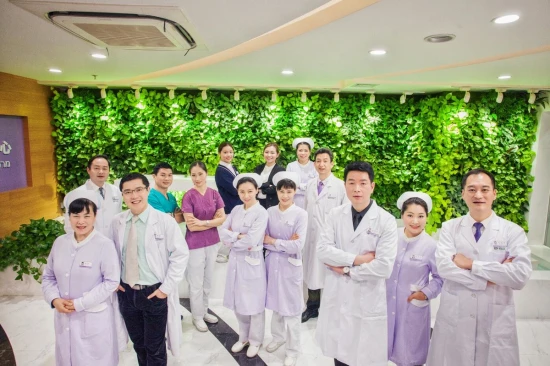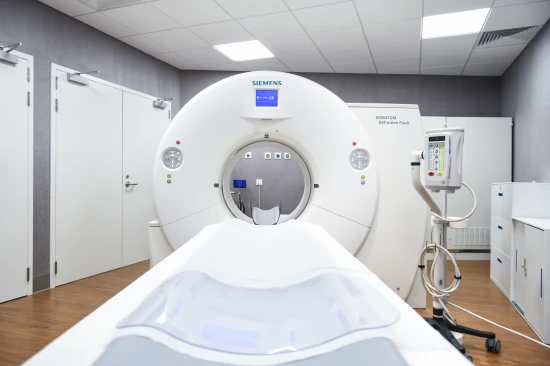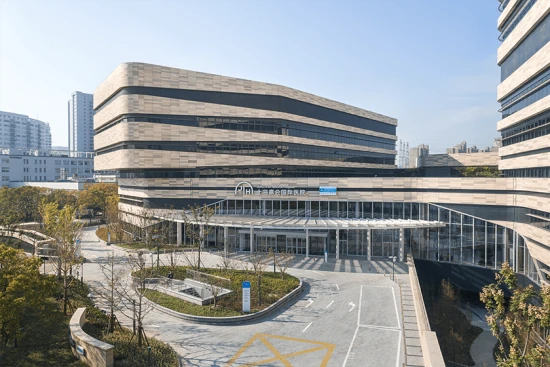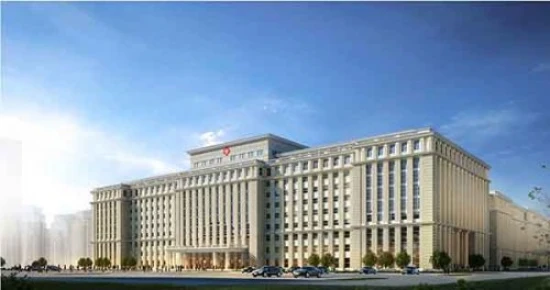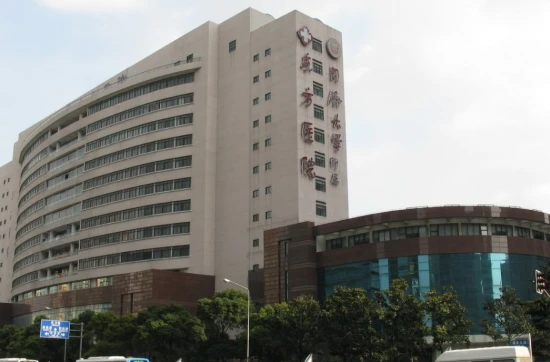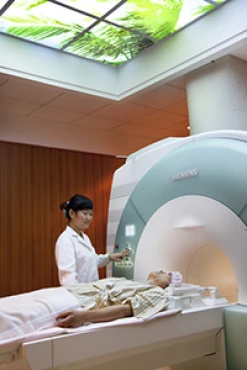Prostate cancer treatment in 3 Oncology clinics in Beijing
3 clinics specializing in Oncology providing treatment of
Prostate cancer
Prostate cancer is a malignancy that develops in the prostate gland of males. It is one of the most common cancers among men and can cause urinary and sexual problems as the tumor grows. Early detection and treatment are crucial for better outcomes.
Read more...
disease in Beijing.
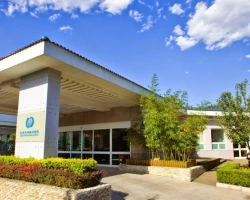
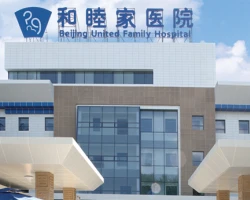
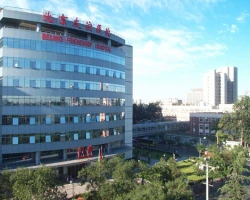
Nearby clinics in China
Perhaps you should consider the following clinics we have found nearby basing on your Location, Disease filters applied.


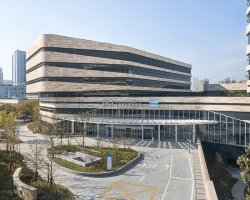
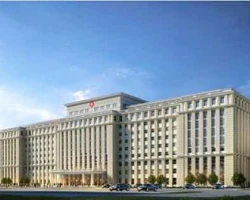


Clinics grouping by rating
Clinic with the highest rating of 4.3 — Beijing Friendship Hospital in Beijing, China, clinic with the most reviews number of 29 — Beijing United Family Hospital (BJU) in Beijing, China.
With rating from 3.0 to 3.9 — 1 clinic.
With rating 4.0 and over — 2 clinics .

